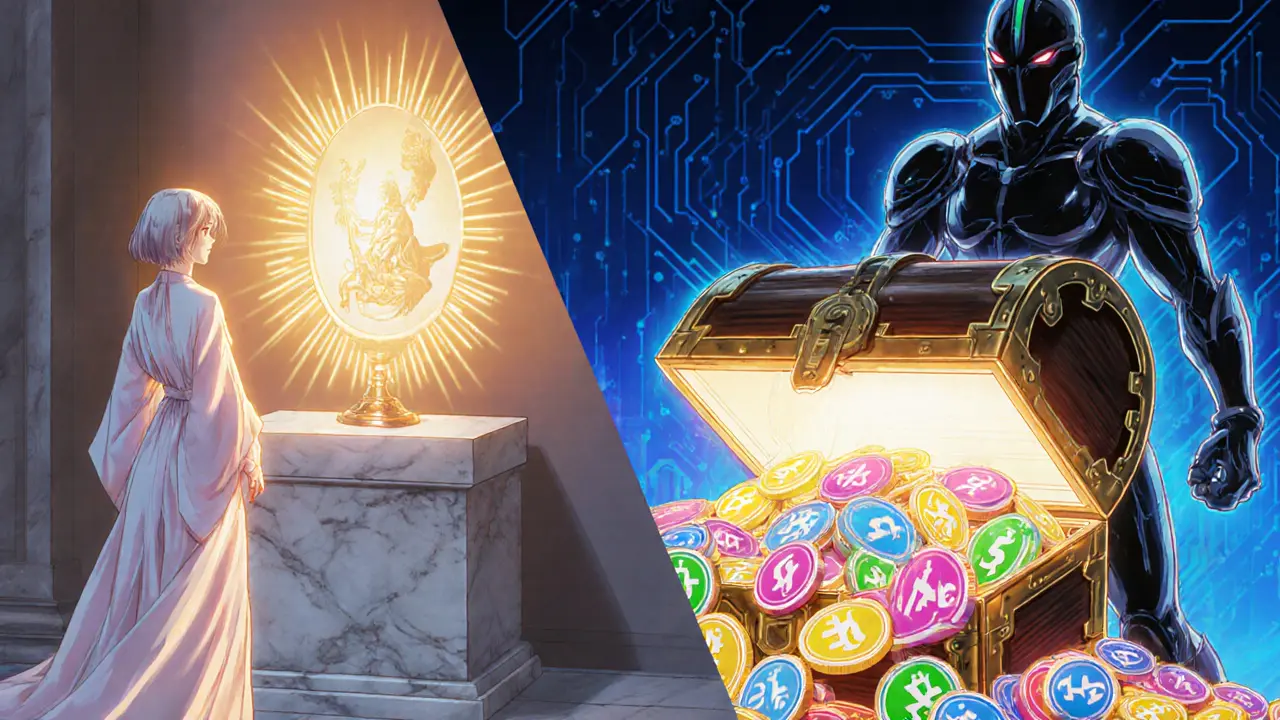NFT Token Standards: What They Are and Why They Matter
When working with NFT token standards, rules that define how non‑fungible tokens are created, transferred and displayed on a blockchain. Also known as NFT standards, they ensure compatibility across wallets, marketplaces and smart contracts. NFT token standards are the backbone of the modern NFT ecosystem, letting creators and collectors speak the same technical language.
Key Standards You Should Know
The most common standard is ERC‑721, the first widely adopted rule set for truly unique digital assets. It gives each token a distinct ID, making ownership provable and tradeable on Ethereum. ERC‑1155, a multi‑token standard that lets a single contract manage both fungible and non‑fungible items builds on ERC‑721 by reducing gas costs and enabling batch transfers—perfect for game items or mixed collections. Then there’s ERC‑2981, a royalty‑aware extension that lets creators set a percentage fee on secondary sales. This simple addition gives artists ongoing revenue without extra smart‑contract complexity.
Together these standards shape how NFTs work in practice: ERC‑721 provides the uniqueness, ERC‑1155 adds flexibility, and ERC‑2981 injects sustainable economics. Platforms that support all three give users a smoother experience, from minting a single artwork to launching a full game economy. Knowing which standard fits your project can save time, lower costs, and protect creator rights.
Below you’ll find a hand‑picked collection of guides, reviews, and deep dives that explore these standards in real‑world scenarios, show how they’re implemented on different blockchains, and offer tips for developers and investors alike.
ERC-721 vs ERC-1155: Which NFT Standard Fits Your Project?
A side‑by‑side breakdown of ERC‑721 and ERC‑1155, covering gas, security, implementation, use cases and a quick decision guide for developers.

